iPhone fanboys are status-seeking, ignorant sheep brainwashed by Apple marketing, according to some Android users. Is that view accurate?
I've noticed a curious thing about some Android users. They have very strong and surprising opinions about people who choose iPhones.
Whenever I post something about phones, or engage in an online conversation about iPhones, I can always count on these opinions surfacing. I don't notice a strong wave of posts in the other direction during conversations about Android devices.
It's not just that Android users and iPhone users each have their preferred phones. Many Android fans think the decision to buy an iPhone is an error, and that if everyone was clear-thinking, objective and informed, they would choose Android.
It's a strange phenomenon. And I really wanted to understand it better. So I asked my Android-loving friends on Google+ a very simple question: Why do people buy iPhones?
In less than eight hours, they had maxed out Google+'s 500-comment limit. Boy did I get an earful. Here's why people buy iPhones, according to Android fans:
The iPhone is a status symbol. iPhone buyers are attracted to the Applebrand as a prestigious status symbol or fashion accessory, for the same reasons people like Rolex watches or Gucci bags.
The iPhone is a smart phone for dumb users. The iPhone is supposed to be easy to use, so novices are attracted to it for that reason.
iPhone users are ignorant. iPhone buyers don't know what Android phones are capable of, or how unnecessary iPhone limitations are.
iPhone users are suckered in by skillful marketing. iPhone users are brainwashed sheep, victims of Steve Jobs' reality distortion field. Product announcements, commercials, packaging, TV and movie product placements and other marketing campaigns by Apple have convinced users that it's a better phone. The iPhone's assumed superiority is marketing-driven perception.
The iPhone is the most popular phone and most recognizable brand.Some iPhone buyers want the biggest-selling phone for the same reason people go to Starbucks instead of the locally owned coffee shop or choose Nike shoes instead of a brand they've never heard of -- big brands and popular products are attractive for their own sake to some people.
The iPhone is associated with a famous person. Everyone knows who Steve Jobs was, and the founders of Google aren't as famous. Some people are attracted to products associated with a well-known person in a culture of celebrity worship. This effect has been magnified by Jobs' death and the media coverage that followed.
iPhone users will buy anything Apple sells. In the minds of iPhone users, the "halo effect" of other Apple products, including the iPod, carries over to the iPhone.
The iOS interface is familiar. Many people are already using Apple interfaces, with their home computers, iPod Touches, Apple TV systems oriPads, so an iPhone feels comfortable.









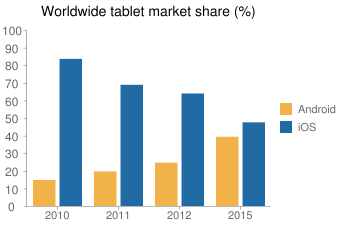
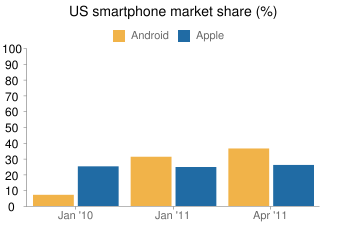
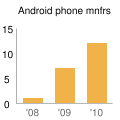
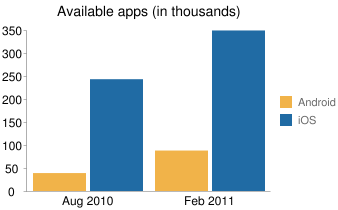




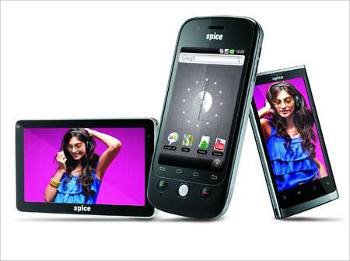 Spice Mobility, which is focusing on internet ready mobiles, will launch India's first dual SIM Android phone this week.
Spice Mobility, which is focusing on internet ready mobiles, will launch India's first dual SIM Android phone this week.





